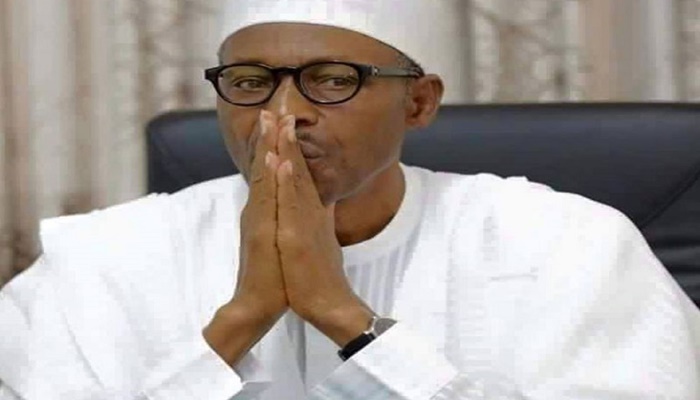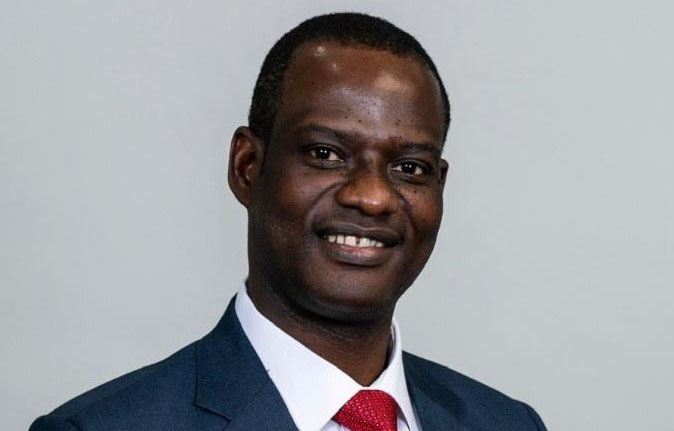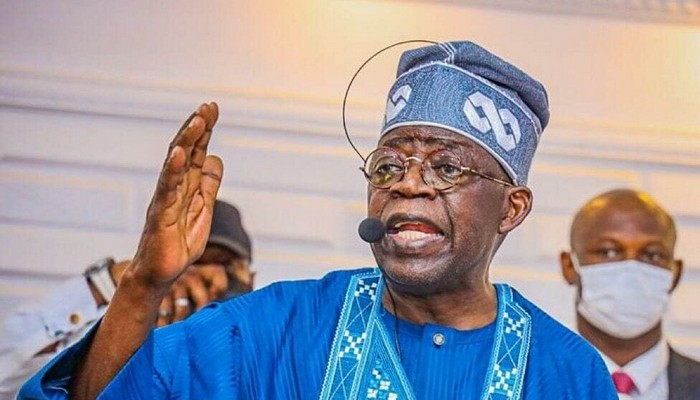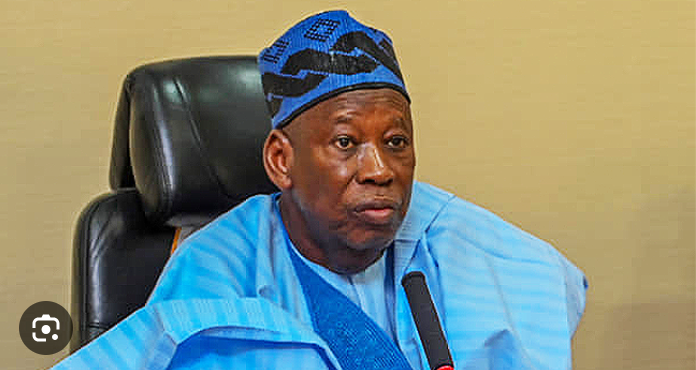
With the rapid decline in Nigeria economy growth which ushered the country in to the worst recession in 2016, many experts in the field of the economy have predicted that 2017 will be tougher than 2016. Niyi Olaoye, therefore, writes on the critical issues that shaped Nigerian economy in 2016 with hope and expectations of Nigerians in 2017.
To put it mildly, 2016 was a tough year for all – individuals, corporate, regulators and operators in all sectors of the economy. In fact, Nigeria’s Central Bank Governor, Mr. Godwin Emefiele helped to clarify the situation as ‘Stagflation’, a more serious economic problem.
“In reality, Nigeria’s economy is currently facing a classic case of “stagflation”. This situation largely occurs when a country’s Gross Domestic Product (GDP) is falling or stagnant, while unemployment and inflation are rising, all simultaneously,” he said at the 2016 annual bankers’ dinner held in Lagos.
Over view of 2016
In 2016, Nigerians had struggled with the cost of basic amenities as prices soar and the value of the naira depreciated against the US dollar. The rapid decline in growth led to the worst recession Nigeria has experienced since the Ibrahim Babangida regime, when the economy declined by 0.51 percent and 0.82 percent in two consecutive quarters of 1987.
Moody’s, an international rating agency in the third quarter of the year, observed that Nigerian government’s lack of money to carry out daily commitments are increasing amid growth and inflation challenges. The Central Bank of Nigeria in the same period also reported that activities in the manufacturing sector in the Nigerian economy shed weight by 2 per cent compared with the volume of July.
Inflation/bond sales
Nigeria battled its highest rate of inflation in 11 years in 2016. Inflation which started the year at 9.6 per cent consistently rose on a monthly basis, standing at 18.48 per cent in November according to figures by the National Bureau of Statistics (NBS). It had crossed from single digit and doubled over the last 11 months affecting government’s capacity to raise funds from the debt market.
This had led to a gradual waning of investors’ interest in government bond auctions as they asked for higher yields. While all the bond auctions were reopening of existing bonds, N977.7 billion had been raised through bond sales as against N1.135 trillion which was expected from bond sales.
The Debt Management Office (DMO) had its expectations met from January when the naira was pegged till August; two months after the flexible exchange rate began. However, by September, investor’s interest waned especially in November when the country was able to raise 41 per cent of what it expected from bond sales.
Exchange rate/Forex reserves
The 16 month peg of the naira at N197 at the official end of the foreign exchange market had ended in June as the value of the local currency dropped to N340 before settling around N305 at the interbank market. The local currency was quoted at N490 to the dollar on Thursday (January 5 2017) from N495 against the dollar last week on the parallel market. In the official interbank window, the naira was quoted at N310.25 to the dollar on Thursday, but it was expected to close at around N305.5, the same level it has traded at since August.
This had impacted on prices negatively as the import dependent country’s reserves dipped to a low of $23 billion dollars which covered only about three months’ worth of imports as at October. The reserves have since begun a slow recovery after the CBN reduced its intervention at the interbank foreign exchange market standing at $25.187 billion as at December 19, 2016. This is however still below the $26 billion which the reserves were at the beginning of the year.
Call for removal of governor
The weakening value of the naira and the attendant hardship on Nigerians had also put a toll on the apex regulator, as some individuals had called for the removal of the Governor of the CBN.
The apex bank had, in an effort to attract scarce foreign exchange into the country, increased benchmark interest rate. This led to outcry over the rising cost of funds by operators in the real sector as Monetary Policy Rate (MPR) was hiked to an all-time high of 14 per cent, further jerking up the rates at which banks lend to the public to around 30 per cent.
The apex bank was, therefore, faced with tough decisions around inflation rate, exchange rate and interest rate with their inherent trade-off. Available records show that from January 05 to November 03, 2016, the CBN had mopped-up N5.784trillion from the system spending N611.15billion on interest expense (cost) for liquidity management. As such, many accuse the bank of targeting inflation at the expense of growth and employment.
GDP /Unemployment
While annual Gross Domestic Product (GDP) rate declined to -2.24 per cent in September from 2.06 per cent, quarter on quarter, the economy improved from 0.82 per cent in the second quarter to 8.99 per cent in the third quarter of the year according to data released by the NBS.
Unemployment rate, however, continued to rise during the year. From 10.4 per cent in January, unemployment rate rose to 13.9 per cent as at the end of the last quarter. In terms of doing business, the country fared better than it did in 2015 as its ranking on the ease of doing business in 2016 was 169 compared to 170 which it ranked in 2015.
Where are the banks?
The banking sector was not left out of the economic hardship in the country. Many of the lenders had in an effort to cut costs sacked some of their staff members. Some others had converted their staff to casual workers after intervention of the legislative and executive arms of the government as well as public outcry over the high job losses forced them to halt their retrenchment processes.
While some banks fared better than others, the average performance of the Nigerian banking industry had not been so good as international rating organizations had downgraded some of them. This was due to the rising level of non-performing loans in the industry. According to the CBN, average NPL level in the industry rose from 5 per cent in December 2015 to 11 per cent by June 2016. Moodys Investor Service says it expects NPLs to increase to around 12 per cent.
Even a Lagos-based securities firm, Afrinvest West Africa Limited believes the resilience of the Nigerian banking sector was put to the test as elevated risk concerns triggered a spike in NPL ratio and slowed the pace of credit expansion dramatically.
Fitch, an international ratings agency, had acknowledged that banks in the country had experienced a sharp rise in non-performing loans (NPLs), adding that other key concerns in the banking industry include forex scarcity, weakening capital adequacy ratios, and the sovereign’s ability to support banks.
Are the banks strong and save ?
Although, the outlook for the sector is characterized by reduced profitability, retrenchment, depressed trading income, declining Capital Adequacy Ratio (CAR) among others, the CBN as well as the Nigeria Deposit Insurance Corporation (NDIC) continued to insist that the Nigerian banking industry is strong and save.
According to the Director, Banking Supervision, CBN, Tokunbo Martins, while the banking sector was feeling the economic headwinds, “like every other jurisdiction. It is not strange. Non-performing loans (NPLs) at 11 per cent is not what we need to focus on. What we need to focus on is if the banks have the capacity to absorb losses that may arise from those NPLs and the answer is yes. They have very strong capital buffers.”
Another thing, according to her, is that Nigerian banks have very huge capacity to generate income to also absorb those losses, if they do arise. And that the non-performing loans can re-perform because the underlying assets are still there and they are good.
As a result of the mixed views, other industry watchers and indeed foreign investors are not convinced that the banking industry is as strong as the CBN and NDIC would want the banking public to believe.
Could 2017 be better?
Experts have predicted that 2017 will be tougher than 2016. They said the economy will not recover until 2018 and even 2019. Inflation will continue to be high (hovering around 20%) and that Naira to dollar will remain in the N450s.
With money scarce, many more businesses, they say, will fold up, leading to job losses and more poverty. With inflation and high exchange rate, the banks will not be able to give loans and when they do the interest rate will be too high to afford. With high inflation, those with paid salaries are now actually earning less that is if they will be lucky to keep their jobs.
They went ahead to predict that Nigeria’s economic recession may be long and deep because business confidence is low and investors are holding back. But in the face of these ‘prophesies of doom, there is still hope that things will get better.
What CBN plans to do?
The Central Bank of Nigeria has said it will, together with the Deposit Money Banks (DMBs), set up a new fund to boost agriculture and the Small and Medium-sized Enterprises in the country, targeting at least N30 billion for the first year.
The Governor of CBN disclosed this at a press briefing after the eighth Bankers’ Committee annual retreat in Lagos.
He said the Agriculture/SME Fund would be unveiled on January 1, 2017, but the money would not be available until around March or April after the DMBs’ audited accounts would have been presented to the public.
The bankers ‘committee defined goals for 2017 to include: supporting government’s efforts to develop adequate infrastructure to engender viable and productive SMEs, and increasing access and cost of funding, particularly to the agriculture and manufacturing SMEs.
As Saraki tend to help.
Another activity that will shape the economy by early 2017 is expected to come from the Senate President, Dr Abubakar Bukola Saraki.
In his continued quest to provide a platform for the promotion of Made in Nigeria products in order to boost Small and Medium Scale Enterprises in the country, Saraki promised that he will launch ‘Made in Nigeria Challenge’ in January 2017.
Saraki, in a statement signed by Bamikole Omisore, his Special Assistant on New Media, stated that the ‘Made in Nigeria Challenge’ initiative will afford entrepreneurs in the country opportunity to connect manufacturers that produce alternatives to imported products.
“On 2nd of January 2017, my office will launch #MadeInNigeria challenge to connect investors to manufacturers that produce alternatives to imported products.
Since inception of the 8th Senate, we have championed and encouraged the patronage of #MadeInNigeria goods so as to jumpstart the economy and we have also amended the Public Procurement Act to support this agenda.
“In 2017, we intend to take #MadeInNigeria further by using legislation to discourage importation of goods that can be produced locally, take the advocacy directly to Nigerians, work with government agencies to create enabling environment and encourage Nigerians who have eyes for local production #MadeinNigeria manufacturers can post 45 seconds to 3 minutes video of a product we are importing but that they can produce using at least 80 per cent local content,” the statement read.
Similarly, there are strong indications that Nigeria’s trade deficit will continue to narrow on currency controls and weaker FX rate. Hence the beginning of 2017, it will continue to look as if Nigeria is now exporting more items and no longer importing everything as before.
The NBS released third quarter 2016 Foreign Trade Statistics on 1st December, 2016. The report showed quarter on quarter (Q-o-Q) improvement in trade deficit which narrowed to the lowest in 2016 as impact of weaker exchange rate in the period inflated exports data (reported in Naira) while currency controls pared growth in imports.
Trade deficit improved 78.5 per cent Q-o-Q to N104.1billion from N484.2billion in Q2:2016 while Merchandise trade (sum of exports and imports) rose 16.3per cent Q-o-Q and 17.9per cent year on year (Y-o-Y) to N4.7trillion. The Naira reporting currency however made the trade numbers flattering due to large exchange rate movements within the period. In Dollar terms, trade deficit compiled from CBN data narrowed 57.0 per cent to US$620.0million while merchandise trade fell 18.4per cent Q-o-Q to US$16.3billion.ase.
All said and done, there is the need for the monetary and fiscal policies ammonisation if Nigeria will begin to stand on its feet economically sooner than later.






